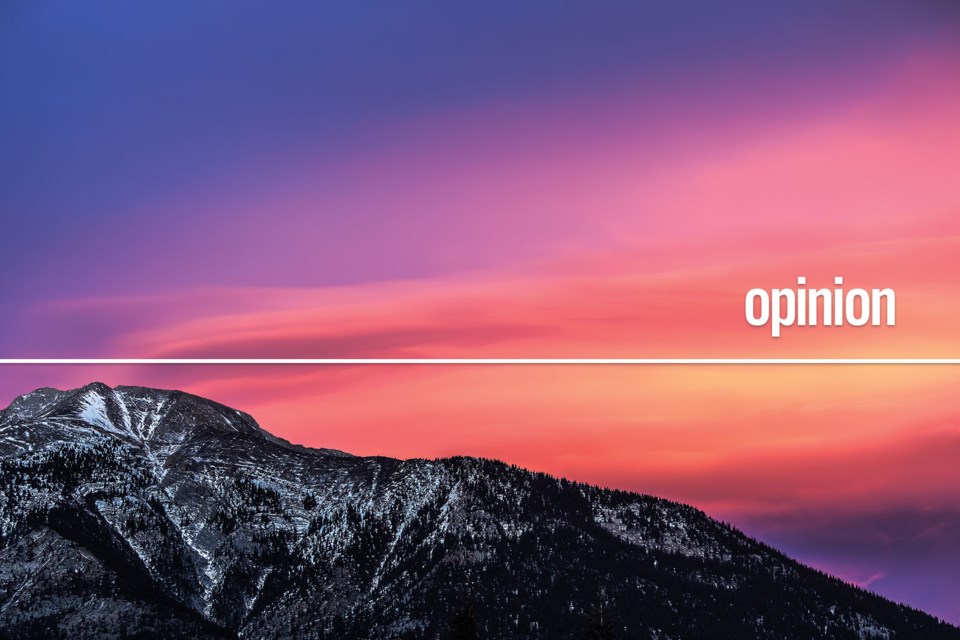What would you do if you won $50 million in the lottery? This was a favourite question to pose on family road trips. My response inevitably included purchasing parcels of land to serve as nature reserves or wildlife corridors.
So far, I haven’t won that money. It might help if I bought a ticket more than once a year.
Recently, I found myself very excited on behalf of wildlife anyway. I caught wind of a long-ago friend who has become a local expert in urban wildlife habitat creation.
Melissa Penney is a frequent speaker for groups such as Big Lake Environmental Support Society (BLESS), Alberta Master Gardener Association, and Nature Alberta.
She stumbled upon this area of expertise due to her sheer delight in photographing birds. After many many car trips seeking birds to photograph, she realized she could find ways to draw them to her own urban yard. She has had so much success that now over 106 different bird species, as well as flying squirrels, have visited her yard in Northwest Edmonton.
Melissa finds that many people value supporting biodiversity in their yards, but don’t know where to start so they don’t start. She encourages us to begin to focus on one spot in our yards. She suggests that before we begin ripping out non-native plants, we observe the plant and ask: “What are you doing for pollinators?”. If it turns out they are serving wildlife, leave them. If not, exchange them for another that will be of more service.
Penney doesn’t believe non-native plants are taboo. In fact, some native plants don’t do well in an urban environment. They may not be able to handle the salt or pollution. In general, though, native plants do take less work. They often are easy-going about soil quality, water fluctuations and generally require less babysitting.
Whether your small area has native or non-native plants, a wildlife-friendly yard needs to offer key elements which are going to sound really familiar: food, water, and shelter.
Penney says many people make the mistake of focusing on providing only food for birds or pollinators. Whether it be in feeders (she has lots to say on these-including warnings about unintentional attraction of invasive species such as house sparrows) or in flowers which offer nectar, she warns this is just like offering only a restaurant to wildlife. She wants us to think in terms of providing an all-inclusive resort. So not only will there be varieties of flowers that provide blooms from spring through to fall, but also things like grasses to provide structure, and deadwood for hibernation and nesting.
As for water, Penney observes that as at a marsh, many birds prefer to walk to water and then perch on twigs to sip or bathe. In her urban yard, she sets up bird baths with very shallow water, sticks for birds to perch upon, a rock and often a bubbler or something to provide movement of the water.
Wildlife-friendly yards don’t need to be messy! Structure comes in many forms, including levels of plantings.
Trees such as dense spruce give protection from strong winds and precipitation.
Shrubs such as Saskatoons provide delicious berries and protection. Perennials such as giant hyssop offer pollinators nectar.
More diversity equals more pollinators and more food, like grubs, for more wildlife. So note there can be no herbicides or pesticides that reduce life in the yard.
To inspire curiousity in others, Penney has a sign from the Canadian Wildlife Federation in her front yard stating: “Certified Wildlife-Friendly Habitat’.
Her book, A Playground for Birds: How to Turn Your Yard into an Avian Oasis, is a manual full of her gorgeous photographs of the incredible varieties of birds in her own yard.
Turns out I don’t need to win the lottery to make the world for wildlife a better place.



